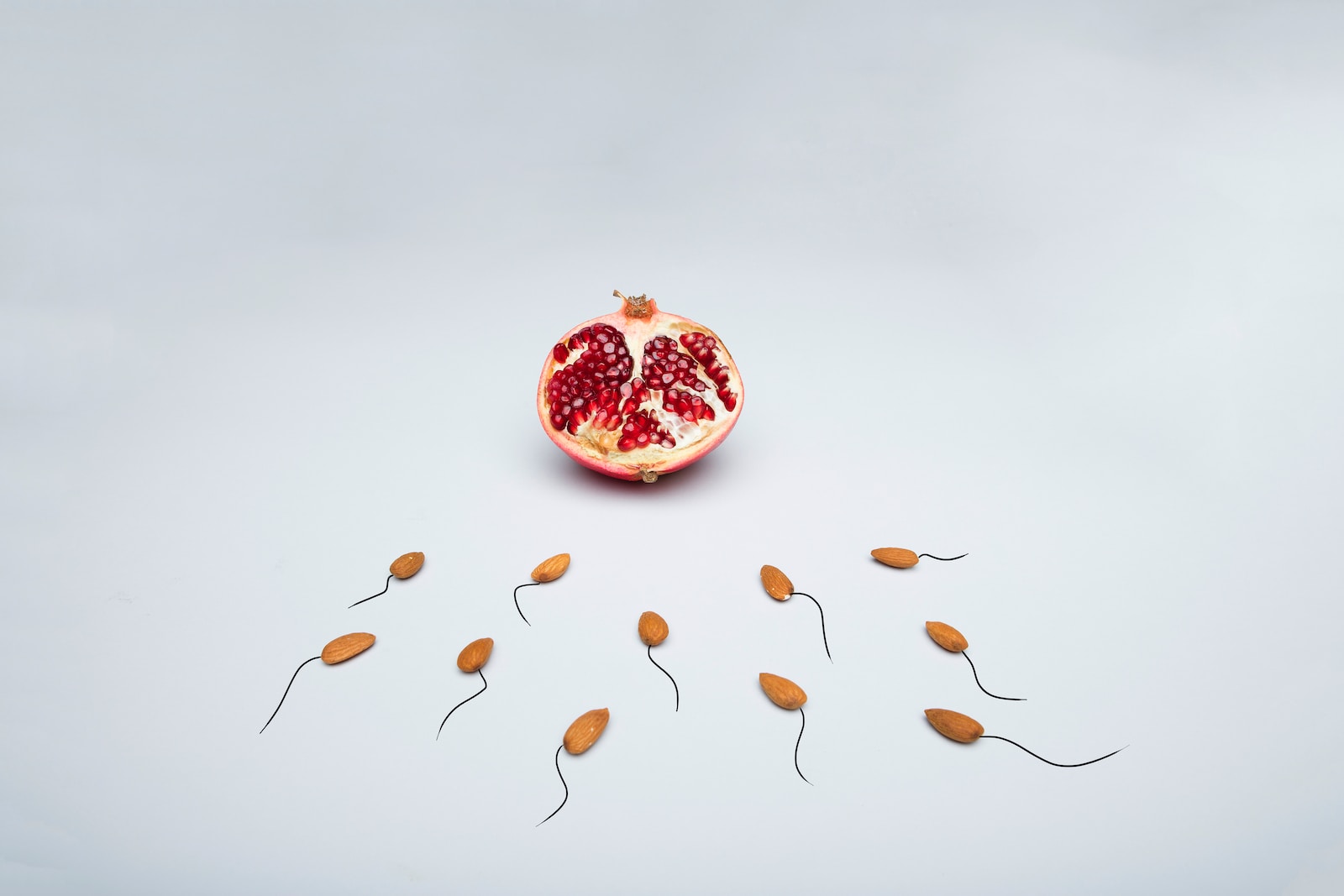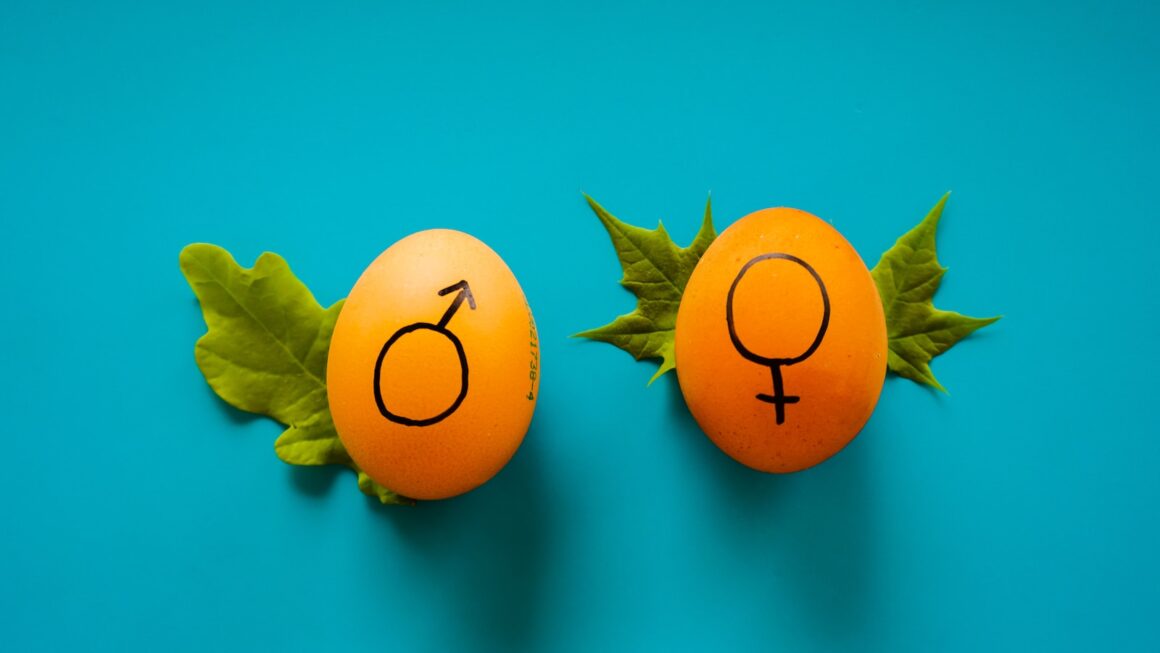The sex cells of the body are called sperm and eggs. They have a unique DNA code and can fuse with other sex cells to form a zygote. This process is known as fertilization.
The sex cells are produced by a special form of cell division called meiosis. This process reduces the number of chromosomes by half. A sex cell is haploid and carries only one set of 23 chromosomes.
They are haploid
Haploid cells are specialized reproductive cells found in some plants, animals, and fungi. They contain one copy of each gene and are able to fuse with another haploid cell to produce a diploid cell. This process is called fertilization. It is the basis of sexual reproduction in most organisms. Male sex cells, known as sperm, and female sex cells, called eggs or ova, are produced in organs called gonads. When they fuse in a process called fertilization, they produce a diploid zygote.
Male and female sex cells are haploid and can produce a diploid cell only by fusing with each other. These cells are known as gametes or sex cells, and they are characterized by their very different shapes and sizes. The sex cell of a man, for example, resembles a long, motile projectile and contains a densely packed nucleus with tightly packed DNA. The head region of the sex cell is capped with a sac-like structure called an acrosome, which contains enzymes that help the sex cell penetrate the outer membrane of an egg cell.
Body, or somatic, cells are the cells that form the tissues and organs of an organism. These cells are diploid and contain two sets of chromosomes, one from each parent. They are produced through a process called mitosis, while sex cells are produced by meiosis. During meiosis, a diploid parent cell divides twice to produce two haploid daughter cells. Each of these cells contains 23 chromosomes, half the number found in a normal cell. The sex cells of a man and a woman then combine to form a diploid zygote, which carries all the genes needed for the organism to grow and develop.
They are produced by meiosis
The sex cells of animals, plants and fungi are produced through a process called meiosis. This is a type of cell division that results in four gametes, each with half the number of chromosomes of the parent cell. Meiosis is a necessary process for reproduction in all sexually reproducing organisms. It also helps create genetic variation by crossing over between homologous chromosomes, which have the same genes but with slight differences.
The meiosis process starts with a diploid cell, which has two sets of 23 chromosomes – one set from each parent. The cell undergoes DNA replication, so that each of the chromosome sets now contains two identical copies, known as sister chromatids. The sisters chromatids then pair up with each other, and their genetic information is exchanged through a process known as homologous recombination. This process reduces the number of chromosomes in each daughter cell, and guarantees that each has unique genetic information.
During prophase I, the paired chromosomes line up along the center of the cell. This is followed by metaphase II, in which the chromatids move to opposite poles of the cell and separate. Finally, telophase II produces two haploid daughter cells, one of which becomes an egg and the other a sperm. The sex cell is motile, and has a head region with a cap-like covering called an acrosome that contains enzymes to help it penetrate the outer membrane of an ovum.
They are motile
The sex of a cell can have a significant impact on its function. A new study has shown that a sex-specific hormone, bone morphogenetic protein 4, can turn pluripotent stem cells into primordial germ cells, which are the type of cell that eventually becomes sperm or an egg. In order to produce sperm or an egg, these cells must undergo meiosis, a form of cell division that produces haploid gametes. A haploid gamete contains 23 or half of the 46 chromosomes that comprise an individual. These sex cells can then fuse with another haploid gamete for reproduction, producing a fertilized egg or sperm.
A sperm cell is motile and can travel long distances through the amoeboid motion of its flagellum. The flagellum consists of a central core of microtubules that extend from the nucleus, and a surrounding region of lamellipodial extensions. In some species, sperm can also be propelled by the whip-like movement of its tail. When a sperm cell reaches an egg cell, it is able to bind the two by extending a fingerlike structure called the acrosomal vesicle.
Once a sperm cell reaches an ovum, it can transfer its genetic material to the egg and fertilize it. The resulting fertilized egg contains one copy of each chromosome from the mother and father, and is known as a zygote. A zygote can then develop into a baby.
They are asymmetrical
Asymmetrical cells are a key to understanding how sex cells work. These cells are able to reproduce independently from other cells, which allows them to bypass the natural process of cell death. They also have the ability to generate multiple copies of chromosomes during meiosis, which is the process by which sex cells are created. Using this technique, researchers have discovered that sex cells are not as identical as previously thought.
There are two main ways that cells divide: mitosis and meiosis. Mitosis is a process in which a single cell divides into two cells with the same number of chromosomes. This method of cell division is used by all body cells, including muscle and bone cells. Meiosis, on the other hand, creates sex cells such as egg and sperm cells. This type of cell division is responsible for the genetic diversity found in sexually reproducing organisms.
Scientists have discovered that asymmetrical cells can be produced by meiosis or by the fusion of two zygotes. In humans, this happens when one sperm cell and one ovary fuse to form an embryo. If the embryo survives, it will become a hermaphrodite. An intersex individual, on the other hand, is a child with both male and female sex cells. This is possible because sex cells are not affected by the biological clock, which affects all other cells in the body.




